Shop Surrealism Art: Discover the Importance of Surrealism and Why It’s Still Captivating the Art World
Art has always been a reflection of the human experience. Whether it’s capturing the essence of reality, conveying emotion or delving into the depths of the unconscious, the human touch is always displayed prominently. And when it comes to exploring the irrational, the dreamlike, and the fantastic, few art movements have done it better than Surrealism. Surrealism isn’t just an art style. It is an entire world where the boundaries between dream and reality blur, where imagination knows no limits, and where the ordinary becomes extraordinary.
We will discover the fascinating world of Surrealism art, its rich history, and why it continues to captivate artists and art lovers alike today. Whether you're looking to buy art, shop surreal art, or simply dive into the movement’s cultural impact, we’ll cover everything you need to know about Surrealism, from its most famous artists to its growing popularity in the modern art scene.
1. What is Surrealism and Why Is It Important?
Surrealism is a cultural movement that began in the early 1920s, initially in literature, and later expanded to visual arts, film, and theater. The movement sought to challenge the conventional boundaries of reality, bringing to life the unconscious mind, dreams, and absurdities of the human psyche. Surrealism emphasized free expression, spontaneity and the liberation of thought. It rejects rationalism and promotes a vision of art that didn’t adhere to the usual rules of logic or reality.
One of the central tenets of Surrealism was the exploration of the subconscious mind, a concept that was heavily influenced by the psychoanalytic theories of Sigmund Freud. Surrealist artists often sought to tap into their deepest thoughts, desires and fears. Many times, they are creating dreamlike, otherworldly scenes that seemed to defy the natural laws of physics or time. As a result, Surrealism became a powerful way of expressing the irrational, the bizarre, and the fantastical in ways that no other art movement had done before.
But what truly sets Surrealism apart, and why is it still admired today? Surrealist art invites the viewer to step into a completely different world, one that isn’t confined by logic or reason but is instead rooted in imagination, subconscious thoughts, and pure creativity. Its uniqueness lies in its ability to challenge our perception of reality and push the boundaries of what art can be.
2. The History of Surrealism from Its Birth to Modern-Day Influence
Surrealism first took root in Paris in the early 1920s, led by poet and writer André Breton, who is often considered the movement's founding figure. The movement emerged from the aftermath of World War I, a time when the horrors of war led many to reject traditional values and question the structures of society. In this turbulent environment, Surrealism arose as a form of protest against the constraints of rational thought and the established norms of art and culture.
At its core, Surrealism was a way to explore the irrational, the absurd, and the unconscious mind. Artists, poets, and writers sought to break free from the conventional rules of art by tapping into the subconscious through techniques like automatic writing, dream analysis, and unexpected juxtapositions. These practices were inspired by the psychoanalytic theories of Sigmund Freud, who emphasized the importance of dreams and the unconscious mind in shaping human behavior.
Surrealism quickly spread to various forms of media, including painting, photography, sculpture, literature, and film. It became a global movement, influencing artists, writers, and filmmakers all over the world. By the 1930s, Surrealism had become one of the most important artistic movements of the 20th century.
3. Famous Surrealist Artists and Their Most Popular Pieces
While Surrealism was a collaborative movement, some artists have become synonymous with its most iconic works. Let’s take a look at some of the most famous Surrealist artists and their most influential and popular pieces:
Salvador Dalí – The Master of Surrealism
Salvador Dalí is perhaps the most recognizable name associated with Surrealism. Known for his eccentric personality and technical mastery, Dalí created some of the most iconic and bizarre works of the movement. His 1931 painting The Persistence of Memory is one of the most famous Surrealist paintings in history. The painting depicts melting clocks draped over tree branches and a distorted landscape, creating a dreamlike atmosphere that challenges our perception of time and reality.
Dalí’s other well-known works include The Elephants (1948), featuring spindly-legged elephants carrying obelisks on their backs, and The Sacrament of the Last Supper (1955), which blends religious themes with surreal imagery. Dalí’s technical skill, combined with his ability to depict the bizarre and fantastical, made him a true master of Surrealism.
René Magritte – The Surrealist Who Played with Perception
René Magritte is another key figure in Surrealism, known for his thought-provoking, conceptual works that often challenge our perceptions of reality. One of his most famous works is The Treachery of Images (1928–1929), which features an image of a pipe with the translated phrase "This is not a pipe," in a foreign language beneath it. This piece highlights the disconnection between reality and representation, forcing the viewer to question the nature of what they are seeing.
Other notable works by Magritte include The Son of Man (1964), a self-portrait of a man in a suit with a bowler hat, his face obscured by a floating apple. Magritte’s clever use of visual puzzles and his ability to transform everyday objects into symbols of the surreal made him a key player in the Surrealist movement.
Max Ernst – The Pioneer of Surrealist Techniques
Max Ernst was a German painter and sculptor who was one of the earliest members of the Surrealist movement. He is known for his innovative techniques, including frottage (rubbing pencil over textured surfaces) and grattage (scraping paint off the canvas), which allowed him to create fantastical, dreamlike imagery. Ernst’s The Elephant Celebes (1921) is a striking example of his approach, combining anthropomorphic figures, mechanical elements, and distorted creatures in a haunting, dreamlike scene.
Ernst’s work often incorporated elements of mythology and history, blending the real and the fantastical in a way that was uniquely his own. His contributions to Surrealism laid the groundwork for many of the movement’s future explorations.
Joan Miró – The Abstract Surrealist
While many Surrealists focused on creating realistic depictions of dreamlike scenes, Joan Miró was known for his abstract and colorful approach to Surrealism. His work often featured organic shapes, whimsical creatures, and bold colors, creating a sense of childlike wonder and spontaneity. One of his most famous pieces, The Farm (1921–1922), is a beautifully detailed painting of the landscape of his native Spain, imbued with elements of Surrealist abstraction.
Miró’s work was often playful and filled with symbolic imagery, making it a favorite of modern audiences. His influence on both Surrealism and abstract art is undeniable.
4. The Trend of Surrealism Today: Why It’s Still Popular
Surrealism may have been born in the early 20th century, but it’s more relevant than ever in today’s art scene. The movement’s focus on the unconscious mind, dreams, and the irrational resonates deeply in a world where logic often fails to explain the complexity of human experience. In a time when technology, politics, and social issues can feel increasingly surreal, many modern artists find inspiration in the dreamlike and absurd aspects of life.
Today, Surrealism’s influence can be seen in various forms of art, including painting, sculpture, film, photography, and even digital art. Contemporary artists are embracing Surrealism's emphasis on the subconscious and dream worlds, often blending traditional techniques with modern technology. The movement's influence can be found in everything from fashion and graphic design to music videos and video games.
Surrealism’s timeless appeal lies in its ability to make the ordinary seem extraordinary and challenge our perceptions of reality. It’s a movement that continues to evolve, adapting to the sensibilities of modern audiences while retaining its core themes of irrationality, fantasy, and liberation of the mind.
5. Why Shop Surreal Art and Buy Art Prints Today
If you’ve been thinking about adding a touch of the surreal to your collection, there’s no better time to buy art, shop surreal art, or shop art prints. Surrealism’s resurgence in contemporary culture has made surrealist-inspired art more popular than ever, and it’s easier than ever to find prints of iconic works or original pieces from modern artists who follow the tradition.
Shopping for surreal art gives you the opportunity to bring a unique and thought-provoking piece into your home. Whether you're looking for an original painting or a high-quality print of a famous Surrealist piece, this is a great subject to collect. Surrealism’s ability to spark conversation and inspire creativity makes it a perfect addition to any art collection, and with so many modern interpretations available, there’s something for every taste and budget.
Additionally, buying surrealism art prints and paintings can serve as a great investment. Surrealism continues to grow in influence and recognition, and owning such pieces can be a way of supporting contemporary artists who are shaping the future of this vibrant art form. Plus, the appreciation for unique, imaginative works of art only increases as more people discover the movement's beauty and significance.
6. The Thought Process Behind Surrealism: How Artists Create Surreal Art
What makes surrealism so captivating is the sheer unpredictability of it. Surrealist artists often used various techniques to free their minds and create their work, allowing their subconscious to guide them in the creative process. Some common methods used by Surrealists include:
-
Automatism: A technique where artists create without consciously controlling the outcome, allowing their subconscious mind to dictate the form and direction of the artwork.
-
Dream Analysis: Inspired by Freud’s psychoanalysis, many Surrealist artists would record their dreams and use these dreamscapes as the basis for their art.
-
Juxtaposition: Surrealists often combined unrelated objects and scenes, creating unexpected and thought-provoking combinations that challenged traditional perceptions of reality.
-
Collage and Assemblage: These techniques allowed artists to combine found objects and images, often creating uncanny, fragmented compositions that questioned the nature of reality.
7. The Lasting Appeal of Surrealism
Surrealism continues to captivate the imagination of both artists and art lovers today. Its ability to break free from the constraints of reality and explore the subconscious mind is as relevant today as it was in the early 20th century. Whether you’re looking to buy surreal art, shop paintings, or simply explore the fascinating world of Surrealism, there’s no denying the movement’s lasting impact on the art world.
Surrealism’s unique approach to art blurs the lines between dream and reality. It has allowed it to transcend generations and remain an influential force in modern artistic expression. So, if you’re ready to immerse yourself in the dreamlike world of Surrealism, why not start by buying art that speaks to your imagination and vision? Shop surreal art today and other styles at CycloneSale.com and discover the limitless possibilities that this iconic movement has to offer!
By investing in surrealism art and exploring its beauty, you're not only adding a distinctive touch to your collection but also connecting to a movement that is as intellectually challenging as it is visually captivating. Let Surrealism’s oddities and enigmas inspire you!





















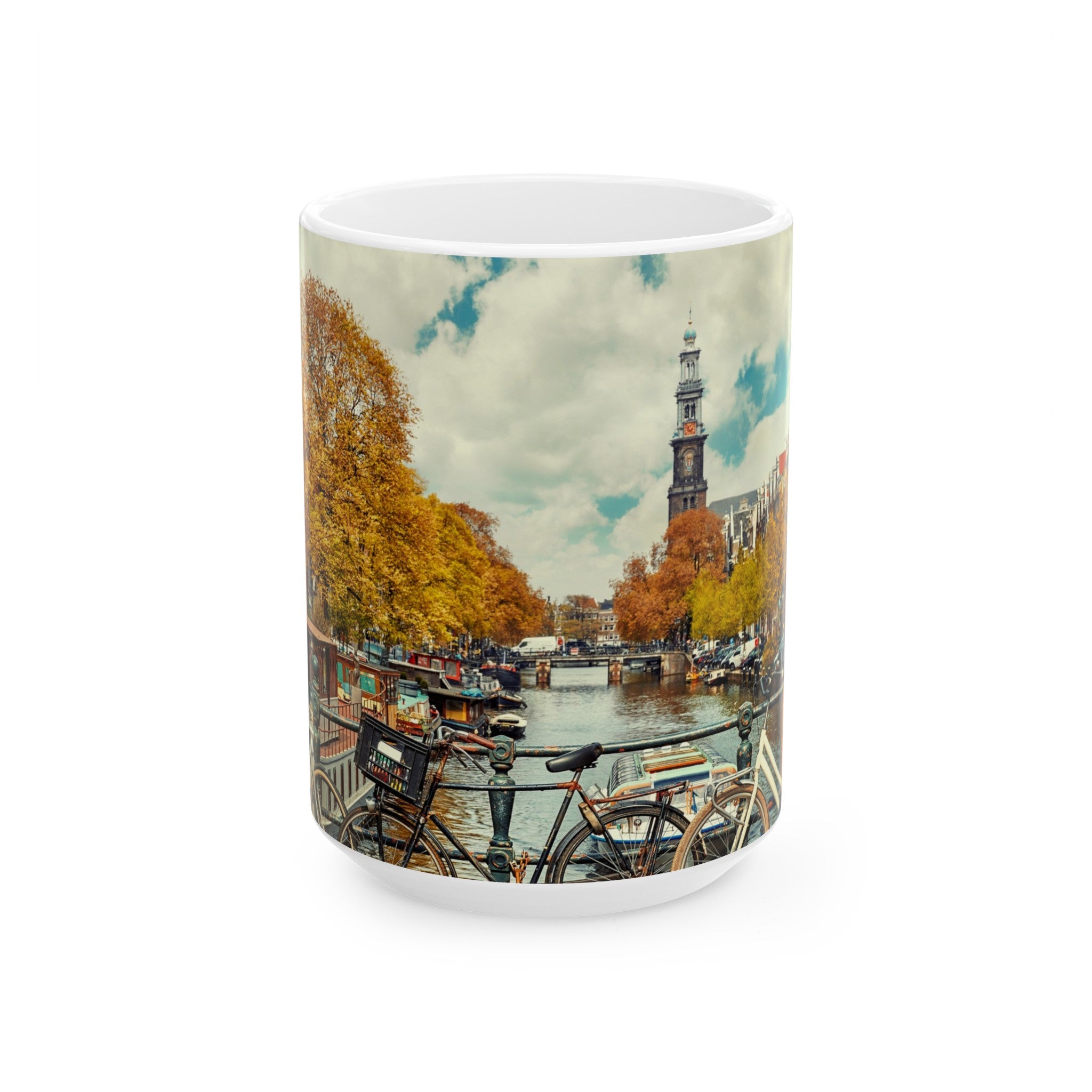






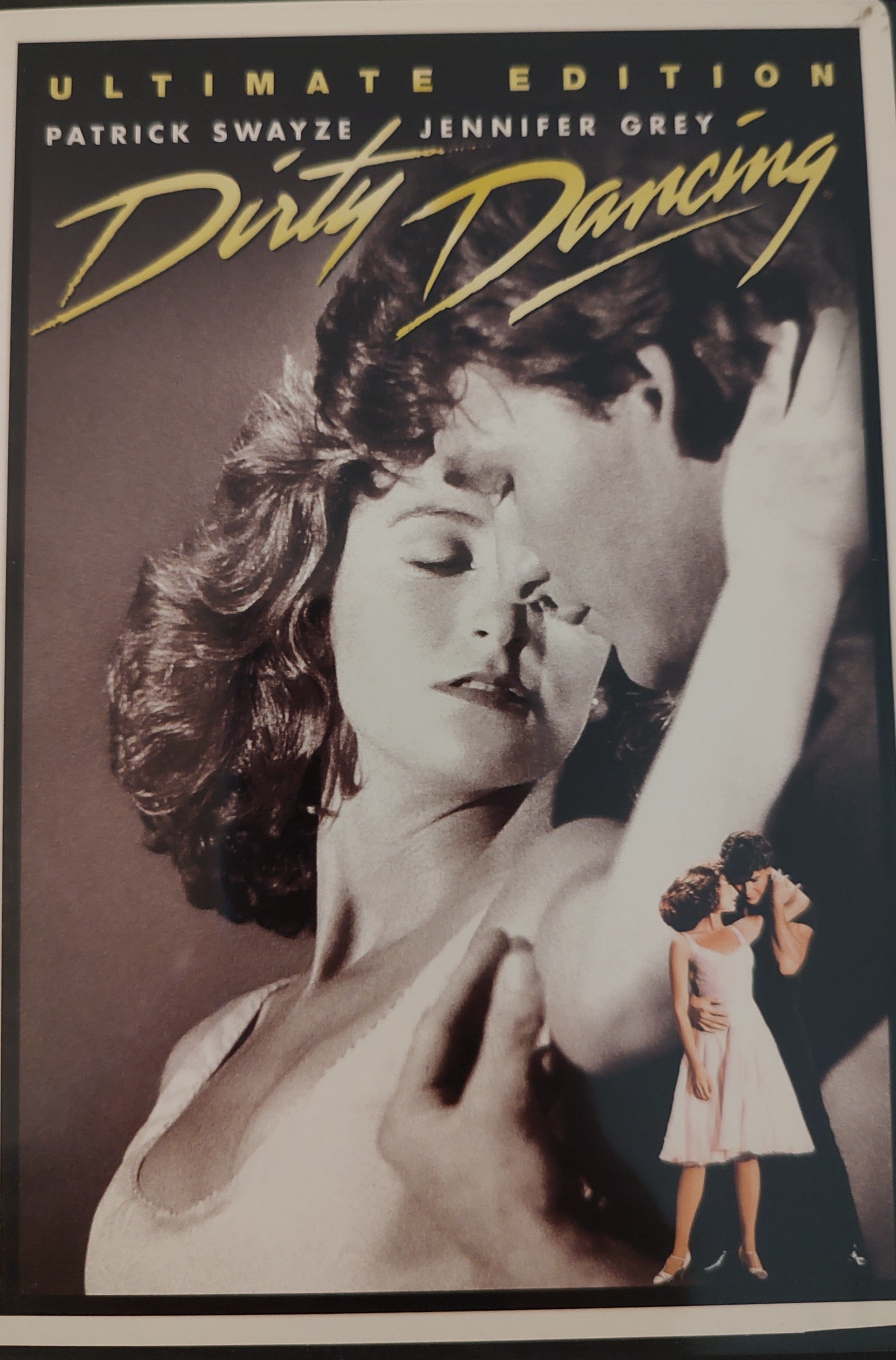










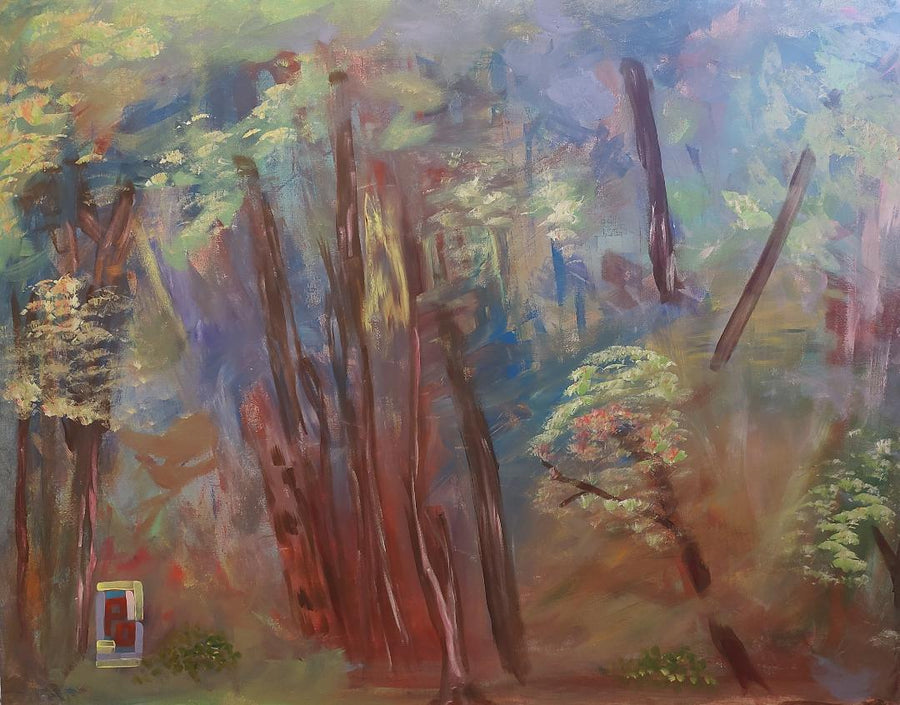
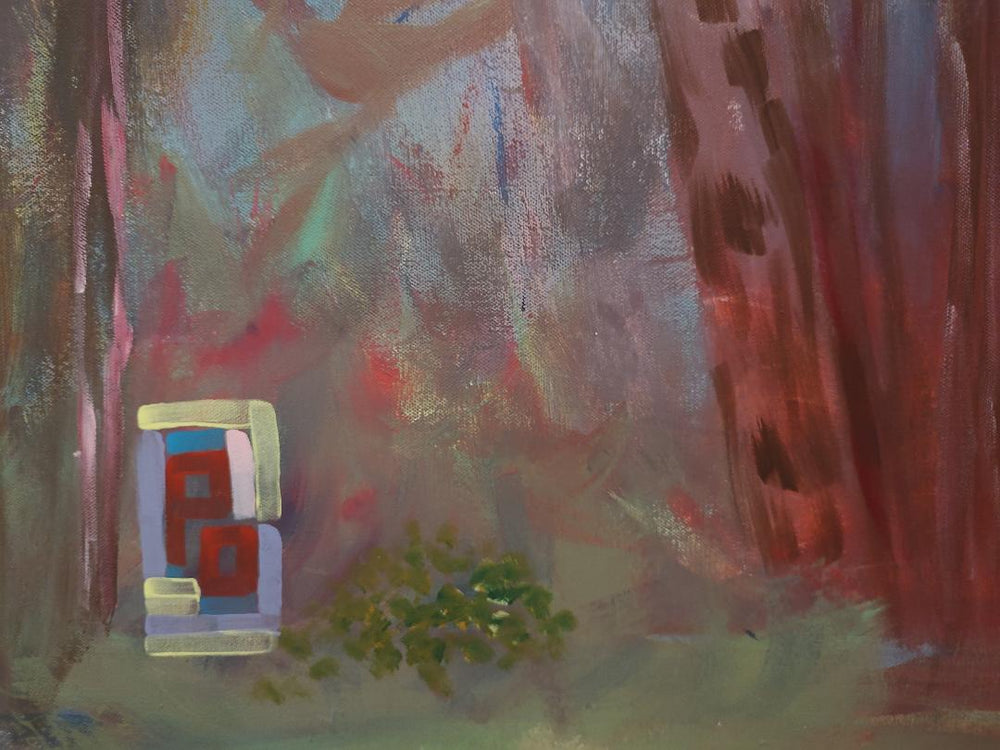


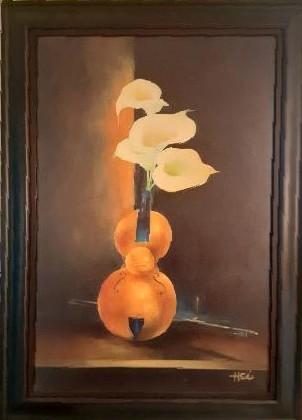

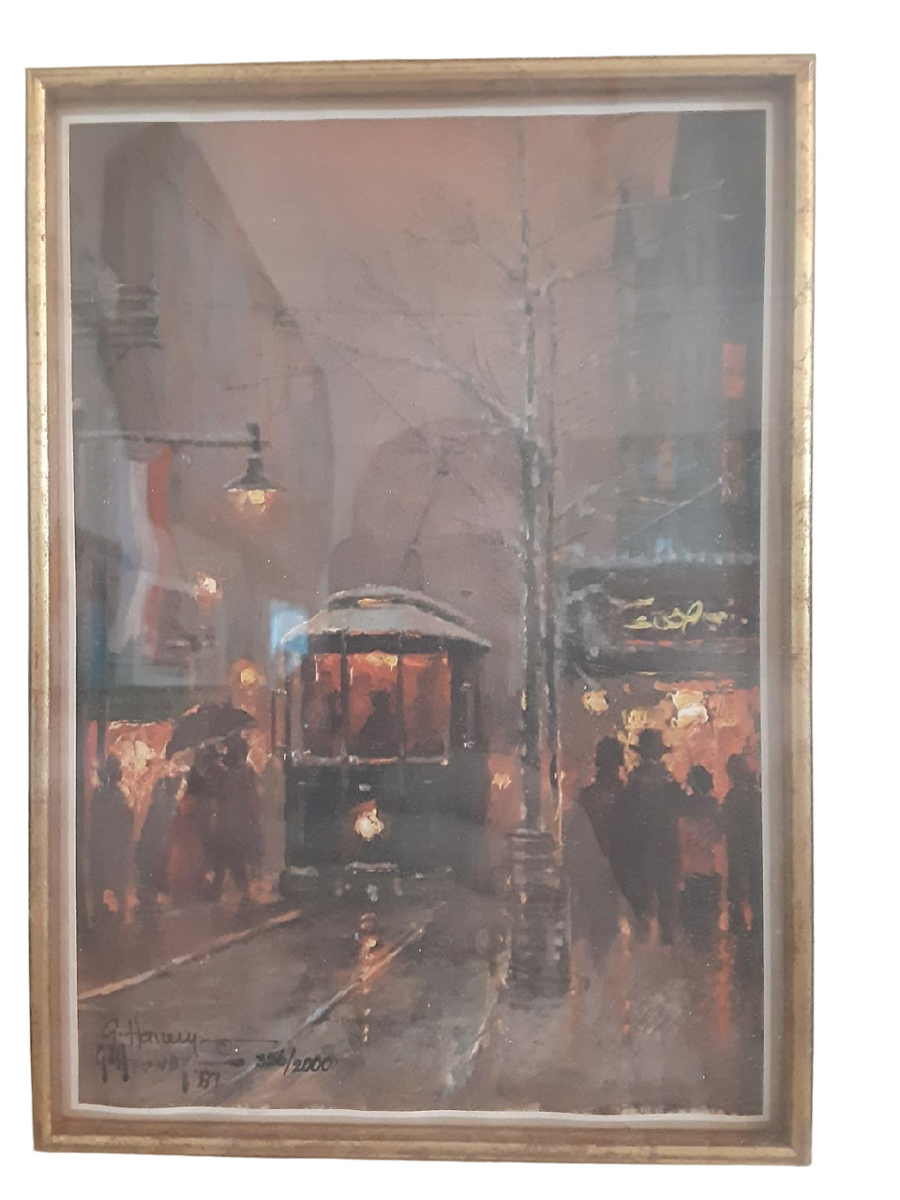
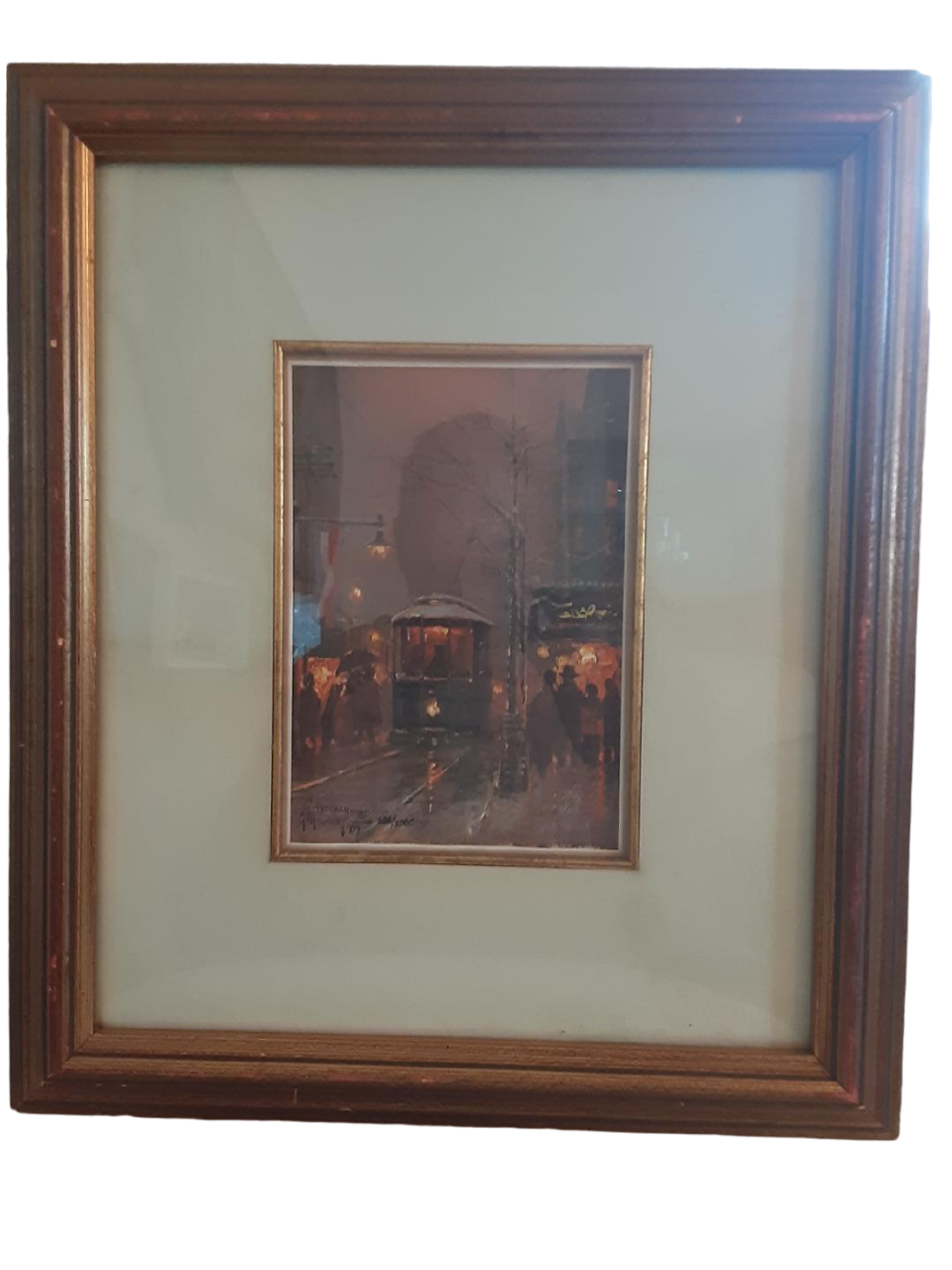
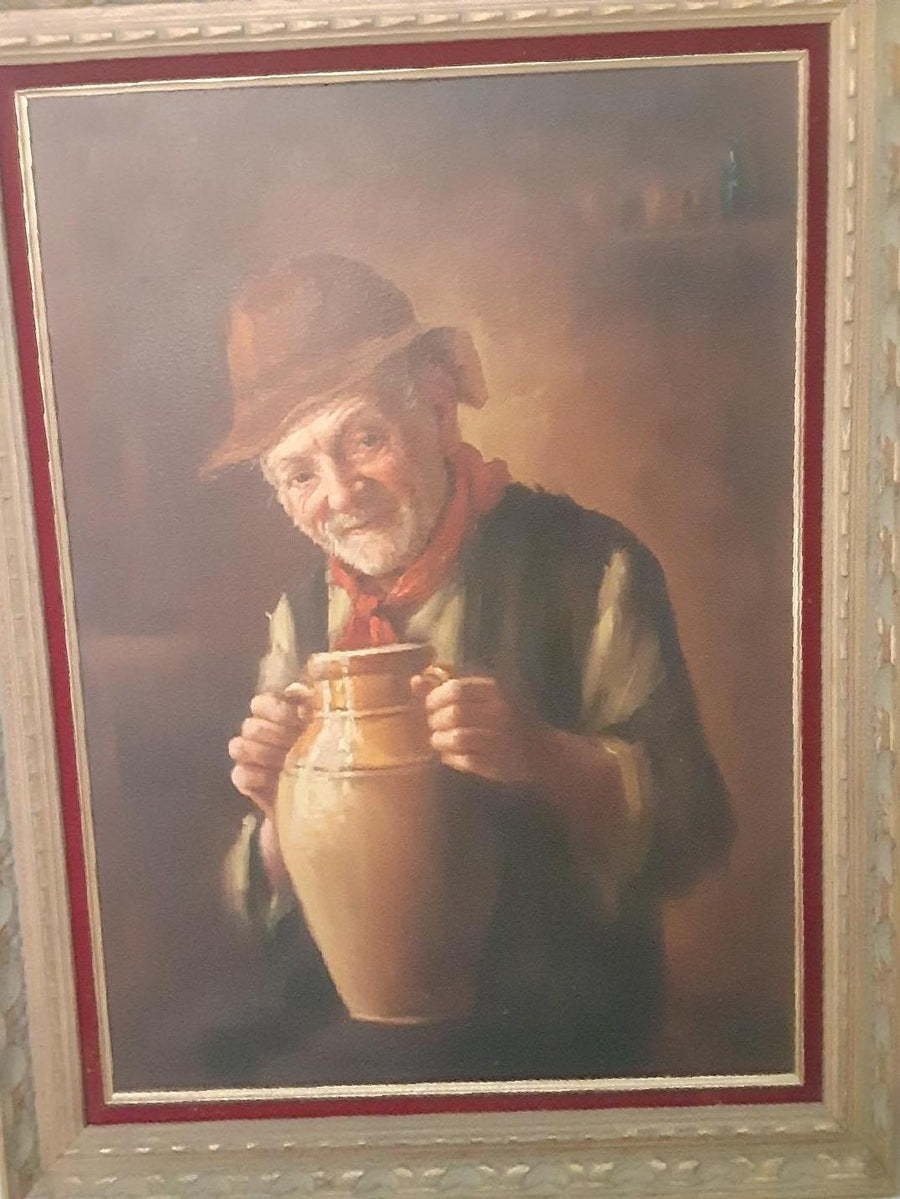
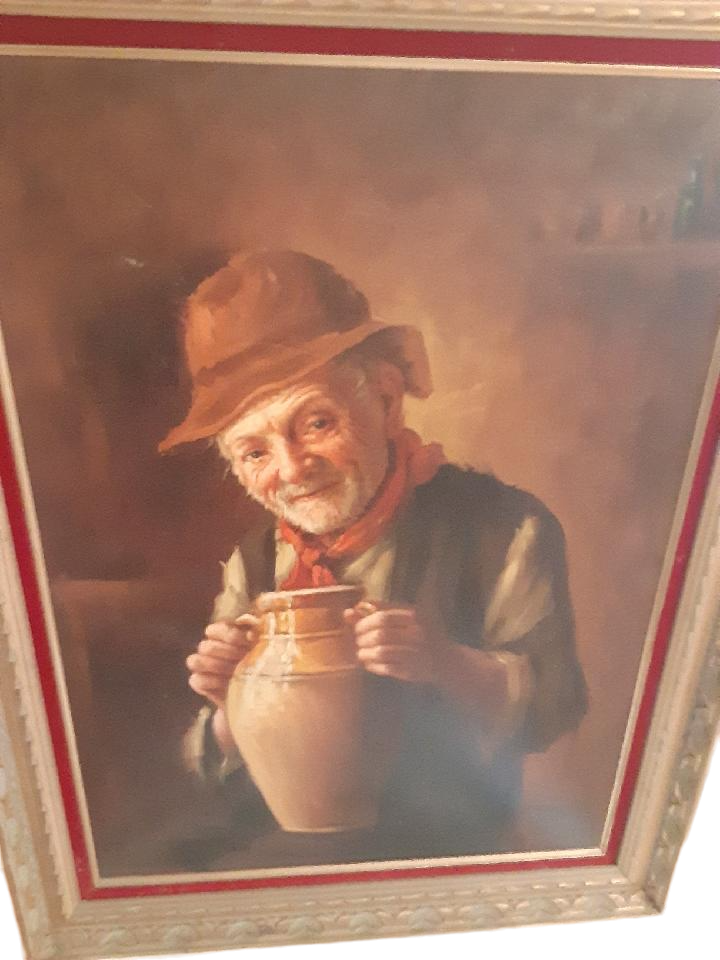


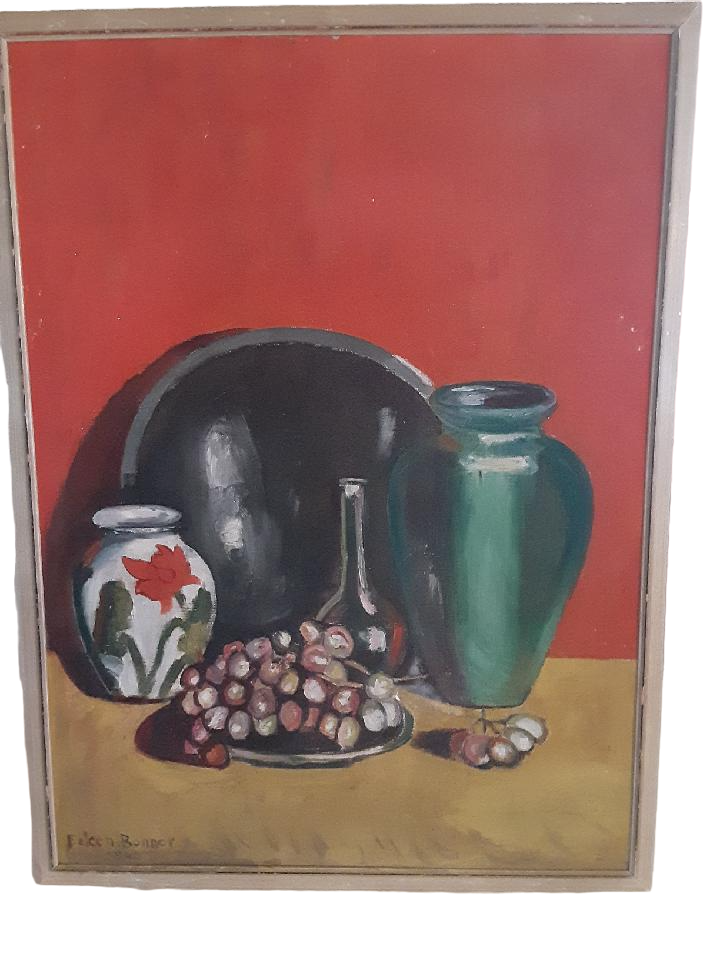








Leave a comment